Home>Articles>AC Running Constantly Does Not Shut Off When Set Temp ReAChed
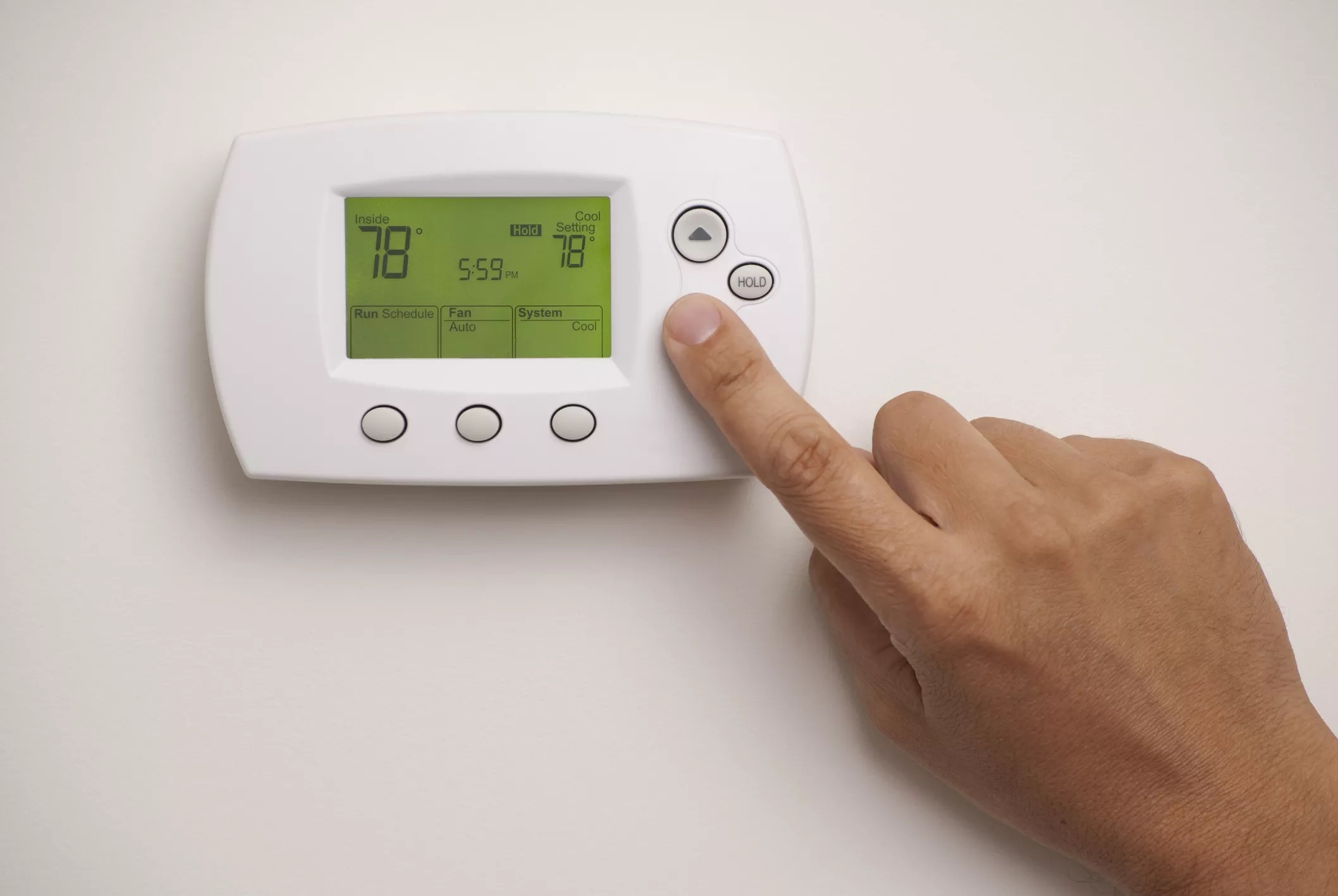

Articles
AC Running Constantly Does Not Shut Off When Set Temp ReAChed
Modified: February 24, 2024
Read our informative articles on why your AC may be running constantly without shutting off even when the set temperature is reached. Find solutions and troubleshooting tips.
(Many of the links in this article redirect to a specific reviewed product. Your purchase of these products through affiliate links helps to generate commission for Storables.com, at no extra cost. Learn more)
Introduction
One of the most common issues that homeowners face with their air conditioning systems is when the AC unit runs constantly and fails to shut off even when the desired temperature is reached. This can be both frustrating and concerning, as it not only leads to discomfort but also increases energy consumption and puts a strain on the AC unit.
In this article, we will explore the possible causes behind this issue and provide practical solutions to resolve it. By understanding the underlying reasons, you can take the necessary steps to ensure your AC operates efficiently and effectively.
Key Takeaways:
- Address thermostat malfunctions, clean air filters, unblock vents, and inspect ductwork to resolve constant AC operation and improve energy efficiency.
- Improve insulation to prevent heat transfer, reduce strain on the AC system, and create a more comfortable and energy-efficient indoor environment.
Read more: Why Does My Air Conditioner Run Constantly
Understanding the Issue
When your AC runs constantly and doesn’t shut off when the set temperature is reached, it indicates that there is an underlying problem within the system. This issue can arise due to various factors, including thermostat malfunction, reachable temperature, airflow restrictions, dirty air filters, ductwork issues, and insufficient insulation.
Understanding these causes will help you diagnose and address the problem effectively. Let’s take a closer look at each of these factors:
- Thermostat Malfunction: A malfunctioning thermostat can cause the AC to continuously run. Faulty wiring, incorrect temperature settings, or a misreading of ambient temperature can prevent the thermostat from properly signaling the AC unit to shut off.
- Reachable Temperature: Sometimes, the set temperature may not be reached due to external factors, such as excessive heat load from the surrounding environment or poor insulation. As a result, the AC continues to run in an effort to attain the target temperature that might be unattainable.
- Airflow Restrictions: A restricted airflow caused by blocked air vents or registers can prevent the cool air from circulating freely throughout your home. This leads to the AC working harder and running continuously to compensate for the lack of adequate cooling.
- Dirty Air Filters: When air filters become clogged with dirt, dust, or debris, it obstructs the airflow and inhibits the proper functioning of the AC. This can cause the system to run continuously as it struggles to achieve the desired cooling effect.
- Ductwork Issues: Leaks, kinks, or obstructions in the ductwork can disrupt the airflow and affect the temperature distribution in your home. As a result, the AC may run non-stop to compensate for the uneven cooling caused by ductwork problems.
- Insufficient Insulation: Inadequate insulation in your home can lead to heat transfer, making it harder for the AC to maintain the desired temperature. The system will continuously run to combat the heat gain or loss caused by poor insulation.
By understanding these potential causes, you can start troubleshooting and implementing the appropriate solutions to address the issue of your AC running constantly and failing to shut off when the set temperature is reached. In the following sections, we will delve into these solutions in more detail.
Possible Causes
When your AC runs constantly and doesn’t shut off when the set temperature is reached, there can be several underlying causes. Understanding these potential causes will help you diagnose and resolve the issue effectively. Let’s explore each of these possible causes:
- Thermostat Malfunction: A malfunctioning thermostat is one of the common causes of continuous AC operation. The thermostat may have faulty wiring, incorrect temperature settings, or a misreading of the ambient temperature, preventing it from signaling the AC unit to shut off.
- Reachable Temperature: Sometimes, the AC may run continuously because it is unable to reach the set temperature due to external factors. Excessive heat load from the environment or poor insulation can hinder the system’s ability to cool the space effectively, causing it to run constantly in an attempt to achieve the desired temperature.
- Airflow Restrictions: If there are blocked air vents or registers, the airflow from the AC system can be restricted. This leads to inadequate cooling and prompts the system to continue running to compensate for the lack of proper airflow throughout the space.
- Dirty Air Filters: Clogged or dirty air filters can obstruct the airflow and reduce the system’s efficiency. When the AC has to work harder to push air through the filter, it may run constantly to maintain the desired temperature.
- Ductwork Issues: Leaks, kinks, or obstructions in the ductwork can disrupt the airflow and impact the temperature distribution in your home. If the cool air cannot reach certain areas effectively, the AC may run non-stop to compensate for the uneven cooling.
- Insufficient Insulation: Inadequate insulation in your home can lead to heat transfer, making it difficult for the AC to maintain the desired temperature. The system may continuously run to combat the heat gain or loss caused by poor insulation.
Identifying the specific cause in your case will require further investigation and troubleshooting. In the following sections, we will discuss the potential solutions to address each of these causes and resolve the issue of your AC running constantly and failing to shut off when the set temperature is reached.
Thermostat Malfunction
A malfunctioning thermostat is one of the primary causes of an AC system running constantly and failing to shut off when the desired temperature is reached. The thermostat serves as the control center of your HVAC system, accurately sensing the temperature and signaling the AC unit to turn on or off. When the thermostat is not functioning properly, it can disrupt this communication and result in continuous operation.
There are several potential reasons for thermostat malfunctions, including:
- Faulty wiring: Loose or damaged wiring connections can prevent the thermostat from sending the correct signals to the AC unit. This can lead to continuous operation or a failure to shut off.
- Incorrect temperature settings: If the thermostat is set to the wrong temperature or programmed incorrectly, it may not recognize when the desired temperature has been reached. As a result, the AC unit continues to run.
- Misreading of ambient temperature: Inaccurate temperature readings from the thermostat can cause it to misjudge the actual temperature in the space. This can lead to constant operation as the thermostat fails to accurately detect when the set temperature has been achieved.
To address thermostat malfunctions, there are a few steps you can take:
- Check the thermostat settings: Verify that the temperature setting on the thermostat is correctly set to your desired comfort level. If it is programmed, ensure that the schedule aligns with your daily routine.
- Inspect the thermostat wiring: Examine the wiring connections on the thermostat and ensure they are tight and secure. If any wires appear loose or damaged, consult a professional HVAC technician to repair or replace them.
- Calibrate or replace the thermostat: If you suspect that the thermostat is consistently providing inaccurate temperature readings, you may need to recalibrate or replace it. Consult the manufacturer’s instructions or consider hiring a professional technician to ensure proper calibration or installation.
By addressing these potential thermostat malfunctions, you can restore proper communication between the thermostat and the AC unit, allowing your system to operate efficiently and shut off when the desired temperature is reached.
Reachable Temperature
When your AC runs constantly and doesn’t shut off even when the set temperature is reached, it is possible that the desired temperature is not achievable due to external factors. Several factors can make it difficult for the AC system to reach and maintain the desired temperature, including excessive heat load from the environment, poor insulation, and inadequate cooling capacity.
Here are some common scenarios that can affect the reachable temperature:
- Excessive heat load: If your home receives an excessive amount of heat from outside sources, such as direct sunlight, appliances, or high outdoor temperatures, the AC system may struggle to cool the space effectively. In such cases, the AC will continue to run in an attempt to achieve the desired temperature, but may never reach it.
- Poor insulation: Insufficient insulation in your home allows heat to transfer easily between the inside and outside, making it difficult for the AC system to maintain the desired temperature. The system will continuously run to compensate for the heat gain or loss caused by poor insulation.
- Inadequate cooling capacity: If the size or capacity of your AC unit is not appropriate for the size of the space it is meant to cool, it may struggle to reach and maintain the desired temperature. An undersized AC will continuously run but fail to cool the space adequately, while an oversized AC may cool the space quickly but also cycle on and off frequently, without reaching the desired temperature.
To address the issue of reachable temperature, you can take the following steps:
- Reduce heat load: Minimize the heat gain from the environment by using blinds or curtains to block sunlight, limiting the use of heat-generating appliances during peak cooling hours, and ensuring proper sealing and insulation around windows and doors.
- Improve insulation: Enhance the insulation in your home by adding insulation to the walls, attic, and crawl spaces. This will help to reduce heat transfer and improve the AC system’s ability to maintain the desired temperature.
- Consider upgrading the cooling system: If your AC unit is undersized or outdated, it may be worthwhile to upgrade to a more efficient and appropriately sized system. Consult with a professional HVAC technician to determine the right cooling capacity for your space.
By addressing the issues related to reachable temperature, you can optimize your AC system’s performance and improve its ability to attain and maintain the desired temperature, resulting in greater energy efficiency and comfort.
Read more: Why Does The Fan Run When Thermostat Is Off
Airflow Restrictions
When your AC runs constantly and fails to shut off when the set temperature is reached, one of the potential causes is airflow restrictions. Restricted airflow can prevent the cool air from circulating effectively throughout your home, leading to inadequate cooling and continuous operation of the AC system.
There are several factors that can cause airflow restrictions:
- Blocked air vents and registers: Furniture, curtains, or objects placed in front of air vents and registers can obstruct the airflow. This prevents the cool air from reaching all areas of your home, causing the AC system to work harder and run continuously.
- Clogged air filters: Dirty or clogged air filters restrict the airflow, reducing the efficiency of your AC system. When the airflow is inadequate, the system may run continuously in an effort to compensate for the lack of proper cooling.
- Ductwork issues: Leaks, kinks, or obstructions in the ductwork can restrict the airflow and disrupt the proper distribution of cool air throughout your home. This can lead to uneven cooling and prompt the AC system to continuously run to compensate.
To address airflow restrictions, follow these steps:
- Check and unblock air vents and registers: Ensure that all air vents and registers are clear of any obstructions. Move furniture or objects that may be blocking the airflow and ensure that the vents and registers are not covered by curtains or drapes.
- Inspect and clean air filters: Regularly inspect and clean or replace the air filters in your AC system. Clean filters allow for unrestricted airflow, improving the efficiency of the system and reducing the need for continuous operation.
- Check ductwork for leaks or obstructions: Examine the ductwork for any visible leaks, kinks, or obstructions. Leaks can be sealed using duct tape or mastic sealant, while kinks or obstructions may require professional repair or cleaning.
By addressing airflow restrictions, you can ensure that the cool air from your AC system flows freely throughout your home, promoting efficient cooling and allowing the system to reach the desired temperature without running continuously.
Dirty Air Filter
A dirty air filter is a common culprit when your AC runs constantly and fails to shut off when the set temperature is reached. The air filter plays a crucial role in maintaining indoor air quality by trapping dust, debris, and allergens. However, when the filter becomes dirty or clogged, it restricts the airflow, reducing the efficiency of the AC system and causing it to run continuously.
There are a few reasons why a dirty air filter can lead to constant AC operation:
- Reduced airflow: A dirty air filter restricts the flow of air into the AC system, making it harder for the system to cool the air effectively. As a result, the AC may run continuously in an attempt to reach the desired temperature.
- Increased energy consumption: When the AC must work harder to push air through a dirty filter, it consumes more energy. This not only leads to higher energy bills but also puts unnecessary strain on the AC system.
- Poor cooling performance: Inadequate airflow caused by a dirty filter can result in inconsistent cooling throughout your home. Certain areas may feel warmer while others remain cool, prompting the AC system to run continuously in an effort to achieve even cooling.
To address a dirty air filter and its consequences, follow these steps:
- Inspect the air filter: Locate the air filter in your AC system, typically found in the return air duct or the air handler unit. Remove the filter and inspect it for dirt, dust, and debris. If the filter appears dirty or clogged, it’s time for a cleaning or replacement.
- Clean or replace the air filter: If the filter is washable, follow the manufacturer’s instructions to clean it thoroughly. Allow it to dry completely before reinserting it into the AC system. If the filter is disposable, replace it with a new one of the same size and type.
- Maintain regular filter maintenance: To prevent dirty filters from causing ongoing issues, establish a regular maintenance schedule for cleaning or replacing the filters. This ensures that the AC system operates efficiently and the airflow remains unrestricted.
By addressing a dirty air filter and maintaining regular filter maintenance, you can promote proper airflow, enhance the efficiency of your AC system, and prevent it from running continuously, ultimately leading to improved cooling performance and energy savings.
Ductwork Issues
When your AC runs constantly and fails to shut off when the set temperature is reached, it is possible that there are issues with your ductwork. The ductwork plays a crucial role in distributing cool air throughout your home. However, leaks, kinks, or obstructions in the ductwork can disrupt the airflow, leading to inconsistent cooling and continuous operation of the AC system.
Here are a few ductwork issues that can cause continuous AC operation:
- Leaky ducts: Leaks in the ductwork allow cool air to escape before it reaches the intended areas of your home. This results in uneven cooling and prompts the AC system to continuously run in an attempt to compensate for the lost cool air.
- Kinked ducts: Ducts that are improperly installed or have become kinked restrict the flow of cool air. This hinders the efficiency of the AC system and can cause it to run constantly as it struggles to push air through the restricted ducts.
- Obstructed ducts: Objects or debris can accumulate in the ductwork, blocking the airflow and preventing the even distribution of cool air. The system may run continuously in an effort to overcome these obstructions and achieve proper cooling.
To address ductwork issues, take the following steps:
- Inspect for duct leaks: Carefully examine the visible sections of the ductwork for any signs of leaks, such as visible gaps or disconnected joints. Seal any leaks using duct tape or mastic sealant to prevent cool air from escaping.
- Check for duct kinks: Inspect the ductwork for any visible kinks or improperly installed segments. Straighten out any kinks or make necessary adjustments to ensure smooth airflow through the ducts.
- Remove obstructions: Clear any objects, debris, or blockages from the ductwork. This can be done by carefully removing vent covers and using a vacuum or brush to clean out any accumulated dust or debris.
- Consider professional inspection and repair: If you are unable to identify or resolve ductwork issues on your own, it may be beneficial to hire a professional HVAC technician. They can conduct a thorough inspection, detect any hidden leaks or kinks, and perform necessary repairs or replacements.
By addressing ductwork issues, you can ensure that the cool air from your AC system flows freely and efficiently throughout your home, leading to consistent cooling and allowing the AC system to reach the desired temperature without running continuously.
Insufficient Insulation
Insufficient insulation in your home can contribute to your AC running constantly and failing to shut off when the set temperature is reached. Inadequate insulation allows for heat transfer, making it harder for the AC system to effectively maintain the desired temperature. As a result, the AC will continue to run in an effort to compensate for the heat gain or loss caused by poor insulation.
Here are a few reasons why insufficient insulation can lead to continuous AC operation:
- Heat gain: In a poorly insulated home, heat from outside sources, such as sunlight or warm air, can easily enter your living spaces. This increases the overall temperature in your home, causing the AC to work harder and run constantly to combat the heat gain.
- Heat loss: In colder climates, inadequate insulation allows heat to escape through walls, roofs, and floors. This leads to a drop in indoor temperature, triggering the AC system to run constantly in an attempt to compensate for the heat loss and maintain the desired temperature.
To address the issue of insufficient insulation, consider taking the following steps:
- Inspect existing insulation: Evaluate the quality and quantity of insulation in your home. Check the insulation in the attic, walls, floors, and crawlspaces. Look for any damaged or missing areas that need attention.
- Add insulation: Increase the insulation in key areas of your home to improve its energy efficiency. This can include adding insulation batts, blown-in insulation, or foam insulation to the attic, walls, or crawlspaces.
- Seal air leaks: Identify and seal any gaps, cracks, or openings around windows, doors, and other areas where air may be escaping. This will help to prevent heat transfer and improve the effectiveness of your insulation.
- Consider professional assistance: If you’re unsure about the insulation needs of your home or the best course of action, consult with a professional insulation contractor or energy auditor. They can assess your insulation requirements and recommend the most suitable insulation materials and methods.
By addressing the issue of insufficient insulation, you can improve the overall energy efficiency of your home and reduce the need for continuous AC operation. This will help to maintain a comfortable indoor temperature and reduce both energy consumption and utility costs.
Read more: Why Is My HVAC Running When Turned Off
Solutions
When your AC runs constantly and fails to shut off when the set temperature is reached, it is important to identify the underlying causes and implement appropriate solutions. By addressing these issues, you can optimize the performance of your AC system, enhance energy efficiency, and achieve the desired comfort in your home. Here are some solutions to consider:
1. Check Thermostat Settings
Review and adjust the temperature settings on your thermostat. Ensure that the temperature is set correctly and matches your desired comfort level. If your thermostat is programmable, verify that the schedule aligns with your daily routine. Incorrect temperature settings can cause the AC to run constantly or fail to shut off when the desired temperature is reached.
2. Inspect and Clean Air Filter
Regularly inspect and clean or replace the air filter in your AC system. A dirty or clogged air filter restricts airflow, reducing the efficiency of your system. Clean filters allow for proper airflow, improving cooling performance and reducing the need for continuous operation. Clean or replace the air filter as recommended by the manufacturer.
3. Unblock Air Vents and Registers
Ensure that air vents and registers are clear of any obstructions like furniture or objects. Blocked vents restrict airflow, preventing the cool air from reaching all areas of your home. By unblocking the vents, you allow for proper airflow and promote even cooling throughout your space.
Read more: How Much Does An AC Cost To Run
4. Check Ductwork for Leaks or Obstructions
Inspect the ductwork for any visible leaks, kinks, or obstructions. Leaky ducts make the AC system work harder and can result in uneven cooling. Seal any leaks using duct tape or mastic sealant. Clear any obstructions, such as debris or objects, from the ductwork to promote unrestricted airflow.
5. Improve Insulation
Enhance the insulation in your home to minimize heat transfer and improve energy efficiency. Add insulation to the attic, walls, floors, and crawlspaces as necessary. Seal any gaps or cracks to prevent air leaks. A well-insulated home helps the AC system maintain the desired temperature more effectively, reducing the need for continuous operation.
Implementing these solutions will not only address the issue of your AC running constantly but also improve the performance and efficiency of your cooling system. It is always recommended to consult with a professional HVAC technician for proper diagnosis and assistance in implementing these solutions, especially when dealing with complex issues such as ductwork or insulation. With a well-maintained AC system, you can enjoy a comfortable indoor environment while minimizing energy consumption and utility costs.
Check Thermostat Settings
One of the first steps in addressing the issue of your AC running constantly and failing to shut off when the set temperature is reached is to check the thermostat settings. The thermostat acts as the control center for your HVAC system, allowing you to set and regulate the desired temperature in your home. Here’s what you can do to ensure your thermostat settings are correct:
- Verify the temperature setting: Take a moment to check the temperature setting on your thermostat. Ensure that it is set to the desired level of comfort. If needed, adjust the temperature to a higher or lower setting to see if it makes a difference in the AC operation.
- Check for programming errors: If your thermostat is programmable, review the programming settings. Make sure that the schedule aligns with your daily routine and that the temperature changes are programmed accurately. A programming error can cause the AC to run continuously, especially if the temperature setpoints are not properly adjusted throughout the day.
- Calibrate the thermostat: Over time, a thermostat may lose its calibration, resulting in inaccurate temperature readings. Consider calibrating the thermostat to ensure it accurately reflects the temperature in your home. Consult the manufacturer’s instructions or consider hiring a professional technician to perform the calibration.
- Check for thermostat malfunctions: If you suspect a malfunctioning thermostat, it may be necessary to replace it. A faulty thermostat can disrupt the communication between the AC unit and the temperature sensor, causing the system to continuously run. Consult a professional HVAC technician to diagnose the issue and install a new thermostat if needed.
By checking and adjusting the thermostat settings, you can ensure that your AC system is operating according to your desired temperature preferences. This simple step can potentially resolve the issue of your AC running constantly and help create a more comfortable indoor environment.
Check the air filter and clean or replace if dirty. Dirty filters restrict airflow, causing the AC to run constantly. Also, ensure the thermostat is set to the correct mode and temperature.
Inspect and Clean Air Filter
Regularly inspecting and cleaning the air filter in your AC system is essential to ensure efficient and proper airflow. A dirty or clogged air filter can obstruct the flow of air, causing your AC to run constantly and fail to shut off when the set temperature is reached. Here’s what you can do to inspect and clean your air filter:
- Locate the air filter: Find the air filter in your AC system. It is typically located in the return air duct, near the air handler unit, or within the furnace. Refer to your AC system’s manual if you’re unsure about its exact location.
- Inspect the air filter: Carefully remove the air filter and inspect it for dirt, dust, and debris. If the filter appears dirty or clogged, it’s a clear indication that it needs to be cleaned or replaced.
- Clean the air filter: If your air filter is washable, follow the manufacturer’s instructions for cleaning it. Typically, you can rinse it gently with water and mild soap, taking care not to damage the filter material. Allow the filter to dry completely before reinstalling it in the AC system.
- Replace the air filter if necessary: If your air filter is not washable or if it’s excessively dirty or damaged, it’s best to replace it with a new filter. Ensure that you choose a filter that is compatible with your AC system and the recommended MERV (Minimum Efficiency Reporting Value) rating.
Regularly inspecting and cleaning or replacing the air filter is crucial for maintaining proper airflow in your AC system. Aim to clean or replace the air filter every one to three months, depending on factors such as indoor air quality, pet dander, and household dust. Additionally, during periods of heavy AC usage or if you live in a dusty environment, more frequent filter maintenance may be required.
By keeping the air filter clean and free from debris, you can ensure unrestricted airflow, improve the efficiency of your AC system, and help prevent it from continuously running to compensate for reduced airflow. This simple maintenance task can have a significant impact on the overall performance and energy efficiency of your AC system.
Read more: How To Shut Off Water
Unblock Air Vents and Registers
Blocked air vents and registers can impede the proper airflow in your home, resulting in an AC system that runs constantly and fails to shut off when the desired temperature is reached. It’s important to ensure that air vents and registers are clear and unobstructed to allow for efficient cooling. Here’s what you can do to unblock air vents and registers:
- Inspect all air vents and registers: Take a walkthrough of your home and inspect each air vent and register. Look for any objects, furniture, or other obstructions that may be blocking the airflow.
- Move furniture and objects: If you find that furniture or objects are obstructing the airflow from air vents or registers, rearrange or move them to allow for a clear path of air. Ensure that there is at least a few inches of space around each vent.
- Remove dust and debris: Dust and debris can accumulate on and around air vents and registers, obstructing airflow. Use a vacuum cleaner or a damp cloth to gently clean the vents and remove any dirt or debris that may be blocking them.
- Consider vent redirectors: In some cases, furniture placement or room layouts may limit the airflow from air vents. Consider using vent redirectors or extenders to improve airflow to these areas. These accessories can help direct air where it’s needed, preventing obstructions and maintaining consistent cooling.
By unblocking air vents and registers, you allow the cool air from your AC system to flow freely and effectively throughout your home. This helps maintain a balanced and comfortable indoor temperature, allowing your AC system to operate more efficiently. Keep in mind to regularly check and clean air vents and registers to ensure they remain unobstructed over time. With improved airflow, your AC system can function optimally, leading to better cooling performance and potentially reducing the need for continuous operation.
Check Ductwork for Leaks or Obstructions
When your AC runs constantly and fails to shut off when the desired temperature is reached, it’s important to inspect your ductwork for any leaks, kinks, or obstructions. Ductwork issues can disrupt the airflow, causing inefficient cooling and continuous operation of the AC system. Here’s how you can check your ductwork for leaks or obstructions:
- Visual inspection: Start by visually inspecting the visible sections of your ductwork. Look for any signs of visible leaks, such as gaps, cracks, or separated joints. Check for kinks or bent sections of ductwork as well.
- Listen for hissing sounds: Turn on your AC system and listen for any hissing sounds near the ductwork. Hissing noises can indicate air leaks in the ducts. Move slowly along the ductwork, focusing on areas where leaks are more likely to occur, such as connections and bends.
- Feel for airflow: Be sure to feel for airflow around the ductwork. Run your hand along the ducts, paying attention to any areas where air seems to be escaping or where airflow feels weak compared to other sections.
- Check for obstructions: Inspect your ductwork for any obstructions, such as debris, loose insulation, or objects that may have fallen inside the ducts. Clear any obstructions to ensure proper airflow throughout the system.
- Consider professional inspection: If you are unable to easily detect leaks, kinks, or obstructions in your ductwork, it’s advisable to seek professional assistance. HVAC technicians have tools and equipment, such as duct pressure testing, smoke tests, or thermal imaging, to accurately identify and locate ductwork issues.
When leaks or obstructions are found in your ductwork, it’s important to address them promptly to improve the efficiency and performance of your AC system. Depending on the severity of the issues, you may need to seal leaks using mastic sealant or replace sections of damaged ductwork. Professional duct cleaning can help remove any debris or obstructions that may be affecting airflow. This will help restore proper airflow, prevent energy waste, and reduce the need for continuous AC operation.
Regular maintenance and periodic inspection of your ductwork are crucial for a well-functioning AC system. By ensuring that your ductwork is free from leaks and obstructions, you can optimize the cooling efficiency of your AC system, achieve better comfort in your home, and potentially reduce energy consumption and utility costs.
Improve Insulation
Insufficient insulation in your home can contribute to your AC running constantly and failing to shut off when the desired temperature is reached. Inadequate insulation allows for heat transfer, making it harder for the AC system to maintain a comfortable indoor temperature. By improving insulation, you can enhance energy efficiency and reduce the strain on your AC system. Here are some steps to improve insulation:
- Assess current insulation: Begin by assessing the existing insulation in your home. Check the insulation in the attic, walls, floors, and crawlspaces. Look for any areas that may be lacking insulation or where insulation has deteriorated over time.
- Add insulation: If you find that your home has insufficient insulation, consider adding more insulation to the areas in need. This may involve installing insulation batts, blown-in insulation, or foam insulation. Consult with an insulation specialist to determine the most suitable type and R-value (insulation’s resistance to heat flow) for your specific needs.
- Seal air leaks: Insulation alone may not be enough if there are air leaks in your home. Air leaks allow for heat transfer, undermining the effectiveness of insulation. Take the time to seal gaps, cracks, and openings around windows, doors, vents, and other areas where air may leak out or infiltrate.
- Consider professional assistance: Insulation improvements can be complex, and it may be beneficial to seek professional assistance. An insulation contractor or energy auditor can perform a comprehensive assessment of your home’s insulation needs and recommend the most effective insulation solutions.
- Regular maintenance: Maintain the integrity of your insulation by periodically checking for signs of damage or deterioration. Replace insulation that has become damp, moldy, or degraded over time to ensure its effectiveness.
By improving insulation in your home, you create a more comfortable indoor environment and reduce the workload on your AC system. This helps maintain more stable temperatures, reduces the frequency of AC operation, and potentially lowers energy consumption. Adequate insulation is an investment that pays off in improved energy efficiency, lower utility costs, and increased comfort throughout the year.
Conclusion
Dealing with an AC that runs constantly and doesn’t shut off when the set temperature is reached can be frustrating and lead to increased energy consumption. However, by understanding the possible causes and implementing the appropriate solutions, you can resolve this issue and optimize the performance of your AC system.
We covered various potential causes of constant AC operation, including thermostat malfunctions, reachable temperature issues, airflow restrictions, dirty air filters, ductwork problems, and insufficient insulation. By addressing each of these factors, you can effectively resolve the issue and achieve a more comfortable indoor environment while reducing energy waste.
To resolve thermostat malfunctions, check and adjust the thermostat settings, inspect and clean or replace the air filter regularly, unblock air vents and registers to promote proper airflow, and examine the ductwork for leaks or obstructions. Additionally, improving insulation in your home will help prevent heat transfer and allow your AC system to maintain the desired temperature with less effort, reducing the need for constant operation.
Remember, it’s important to perform regular maintenance and seek professional assistance when needed. HVAC technicians can provide expert guidance, diagnose complex issues, and ensure that your AC system is functioning optimally.
By taking these steps and addressing the underlying causes of constant AC operation, you can enjoy a comfortable and energy-efficient home. This not only saves you money in the long run but also contributes to a greener and more sustainable environment.
Investing the time and effort into resolving the issue of your AC running constantly is well worth it. With a properly functioning AC system, you can beat the heat, maintain a comfortable living space, and enjoy energy efficiency all summer long.
Frequently Asked Questions about AC Running Constantly Does Not Shut Off When Set Temp ReAChed
Was this page helpful?
At Storables.com, we guarantee accurate and reliable information. Our content, validated by Expert Board Contributors, is crafted following stringent Editorial Policies. We're committed to providing you with well-researched, expert-backed insights for all your informational needs.
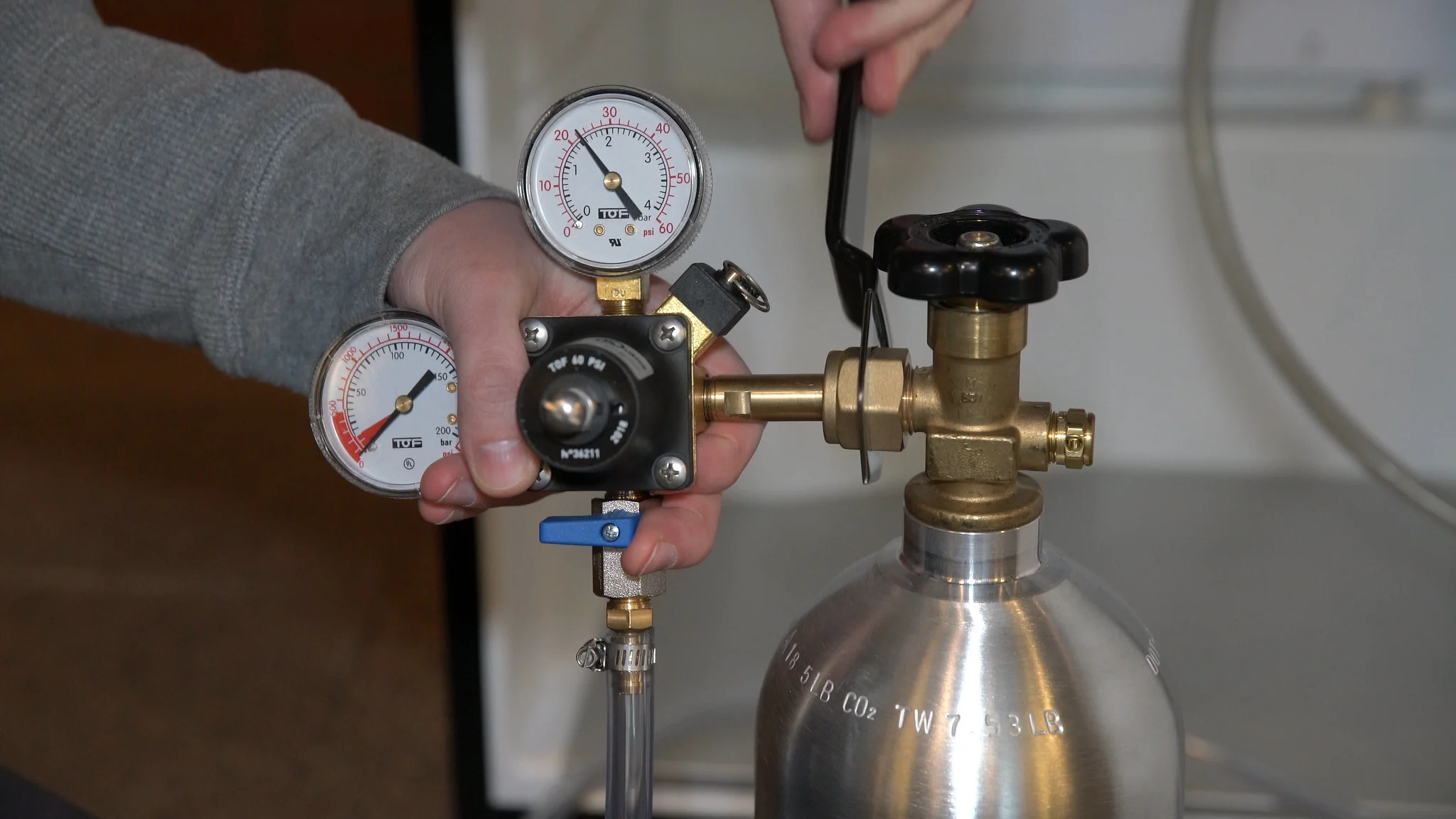
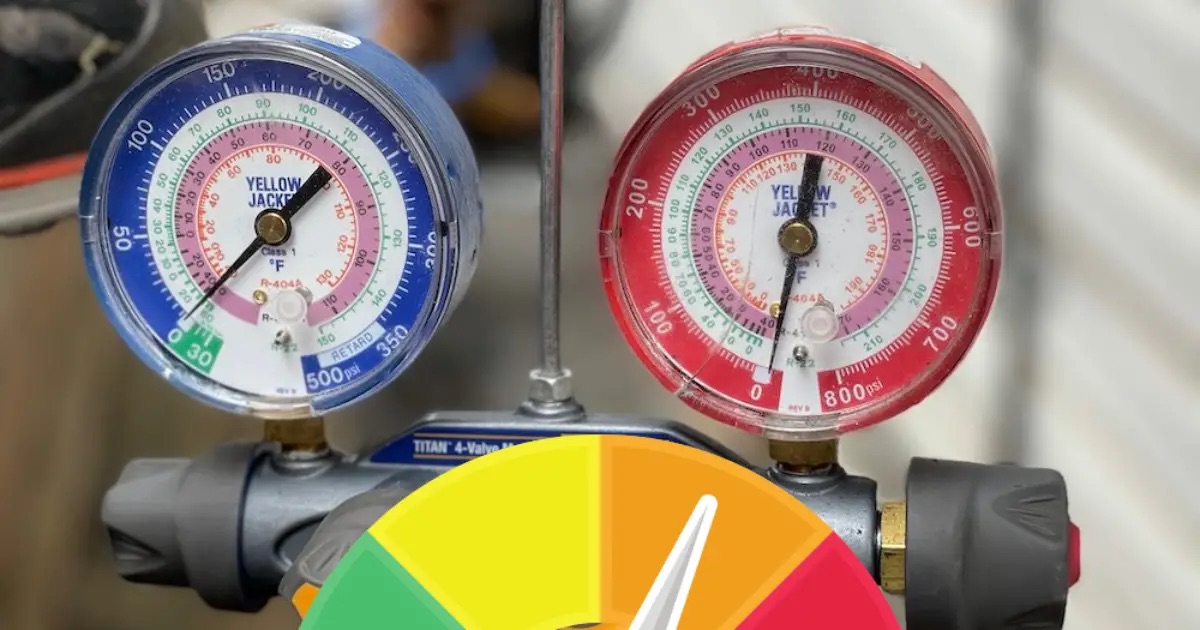
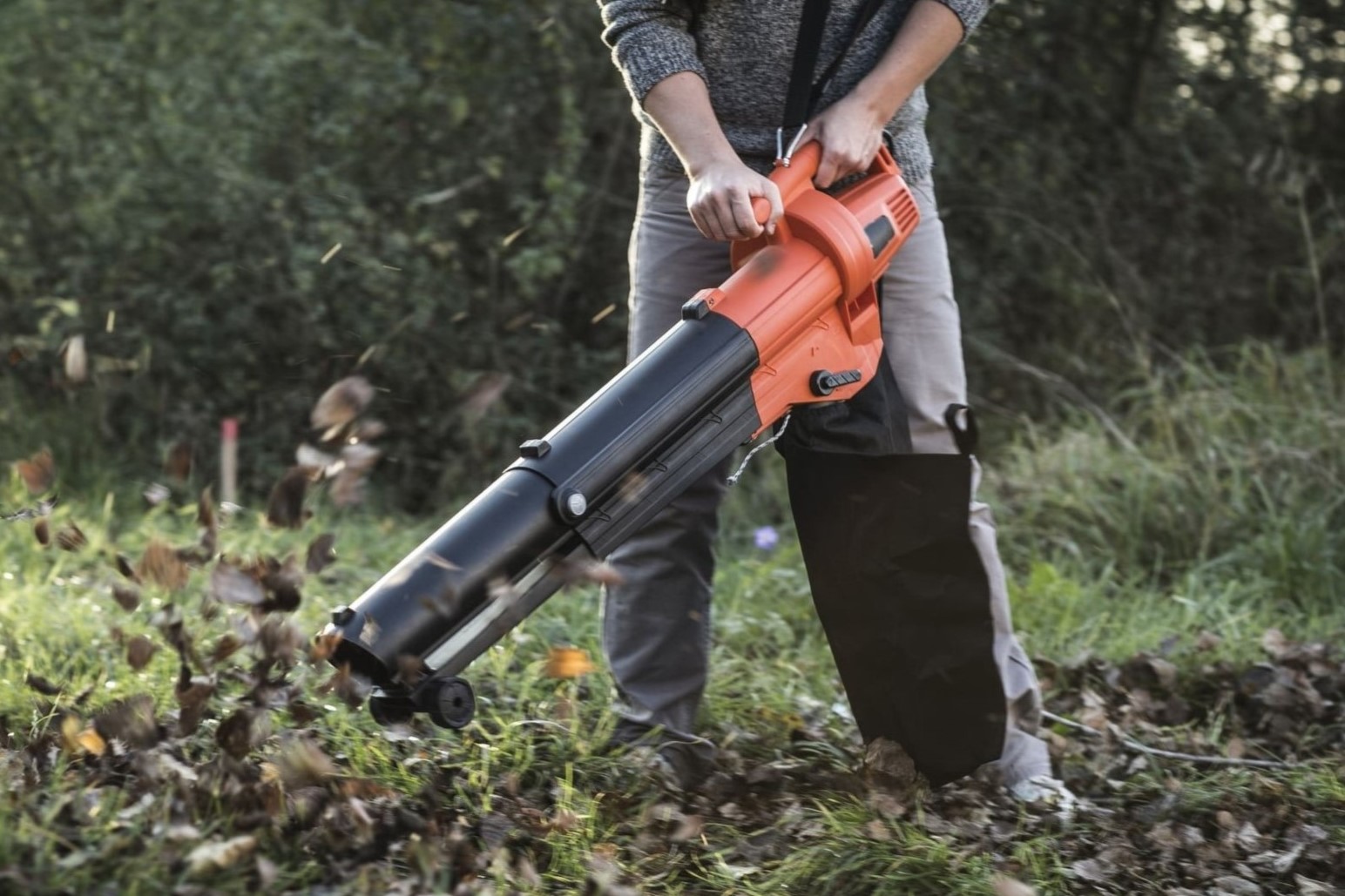
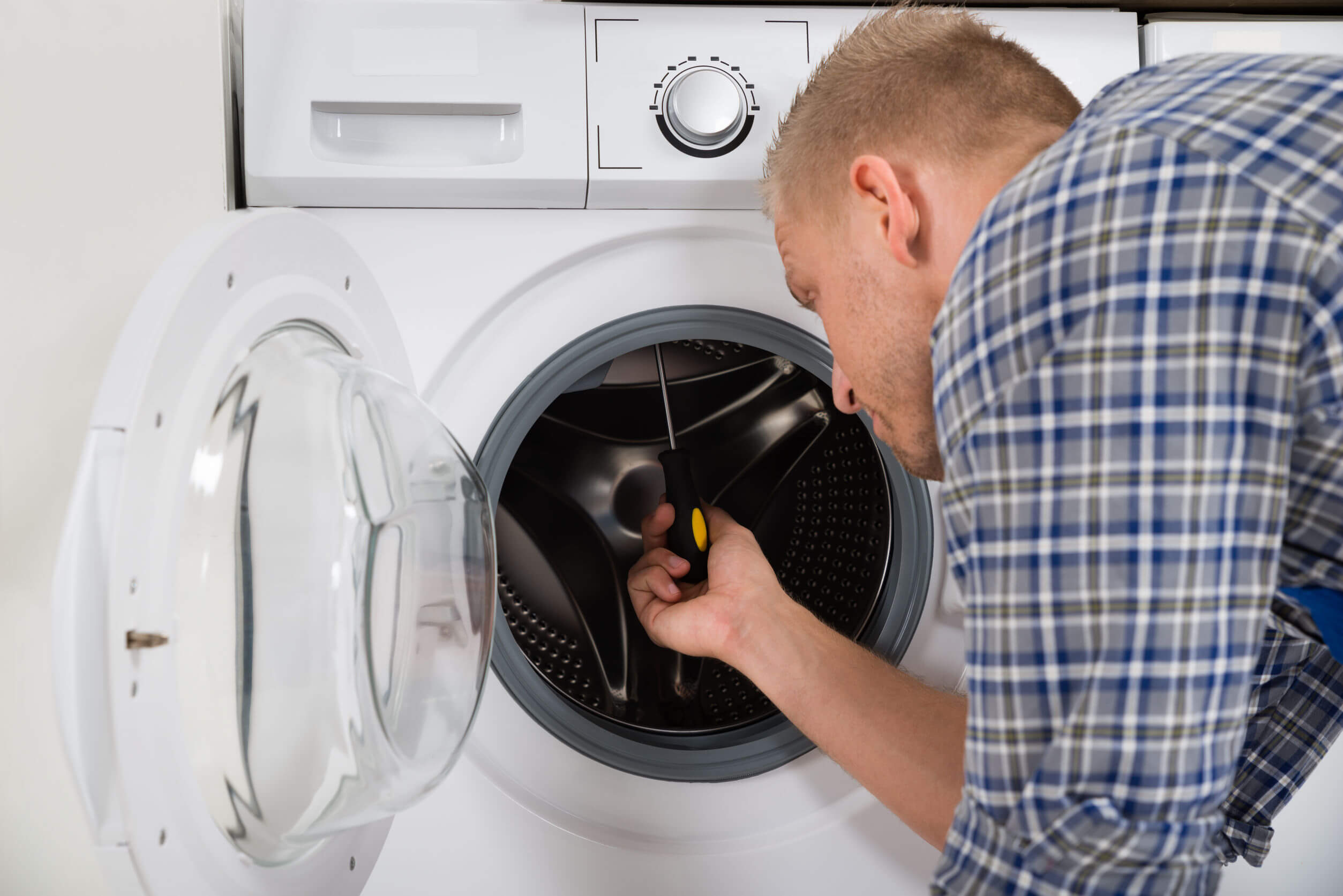
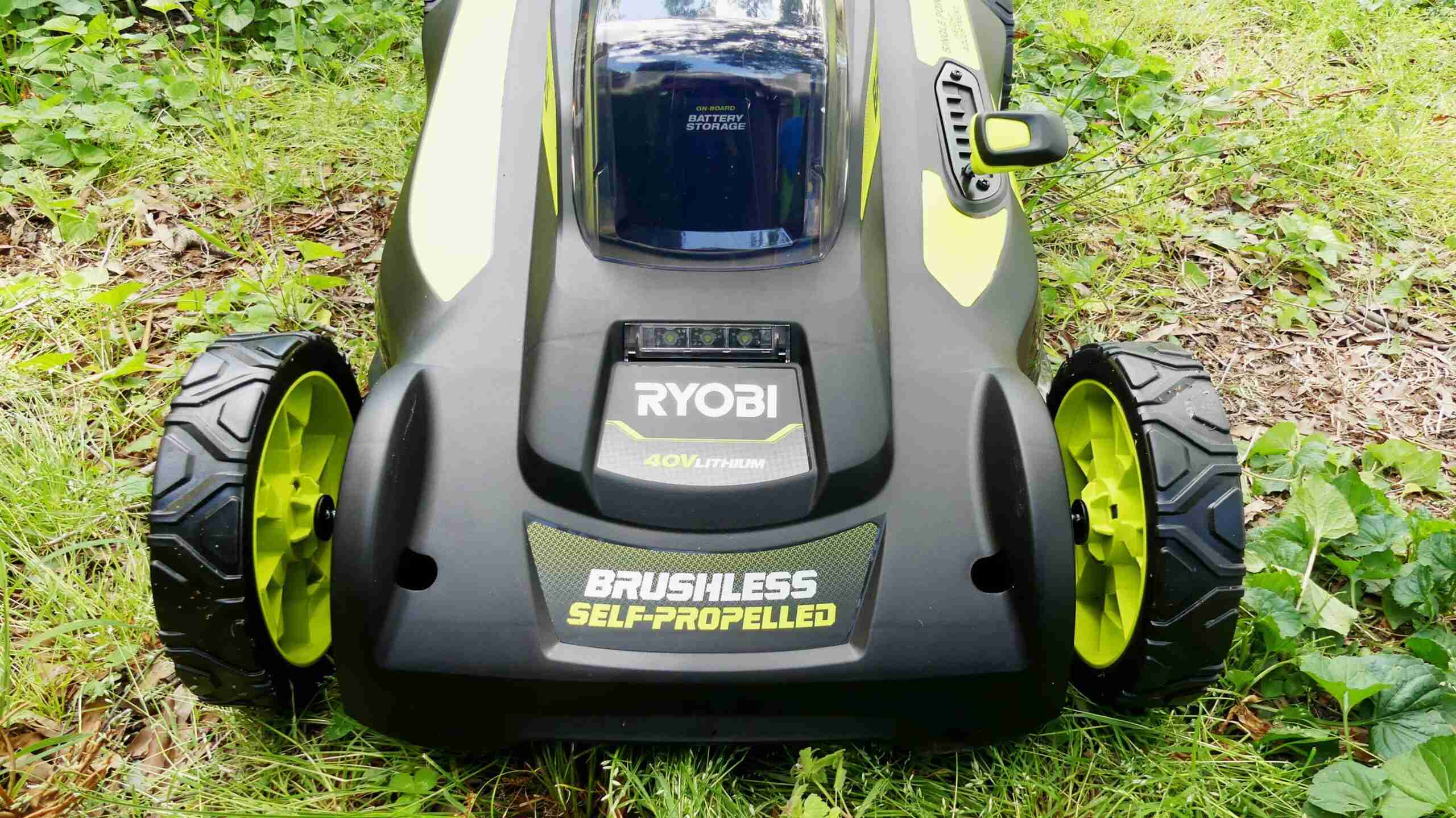
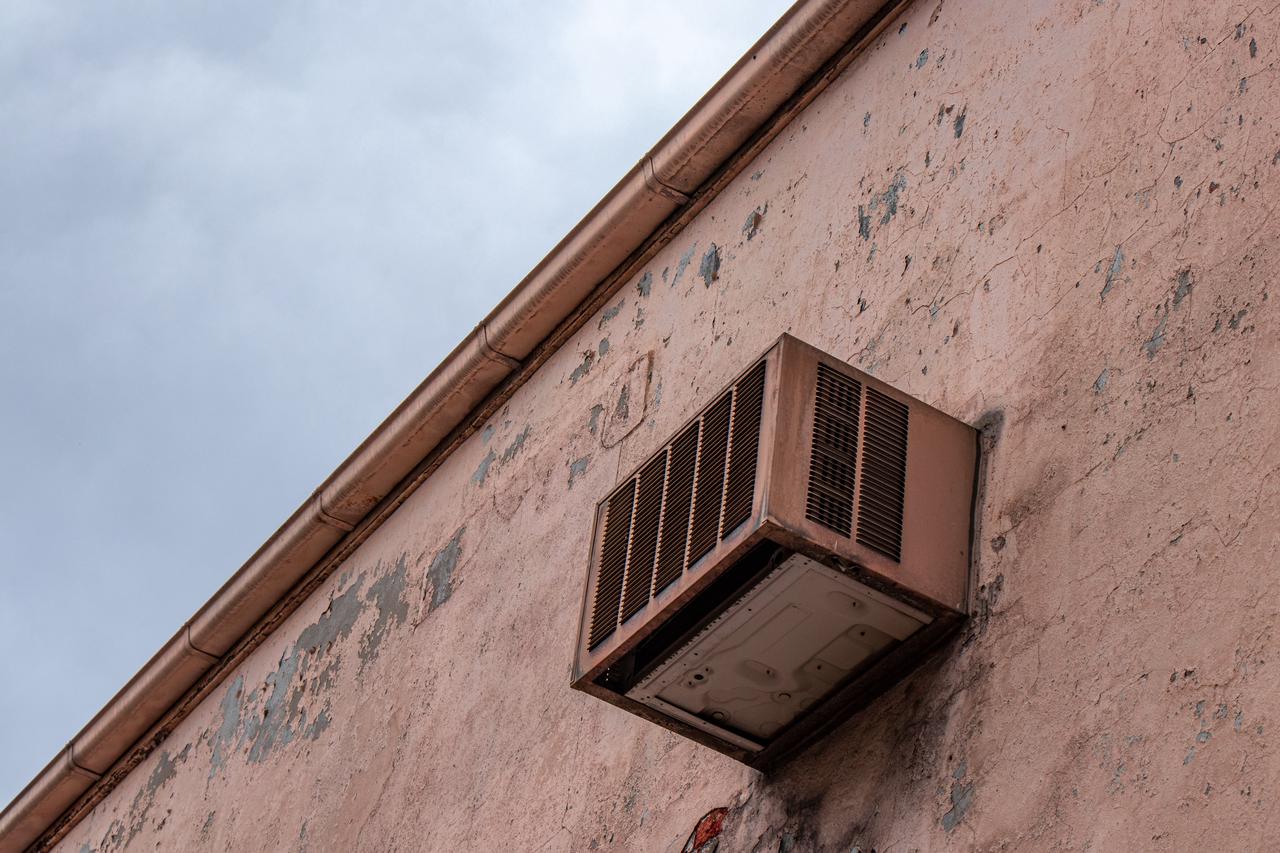
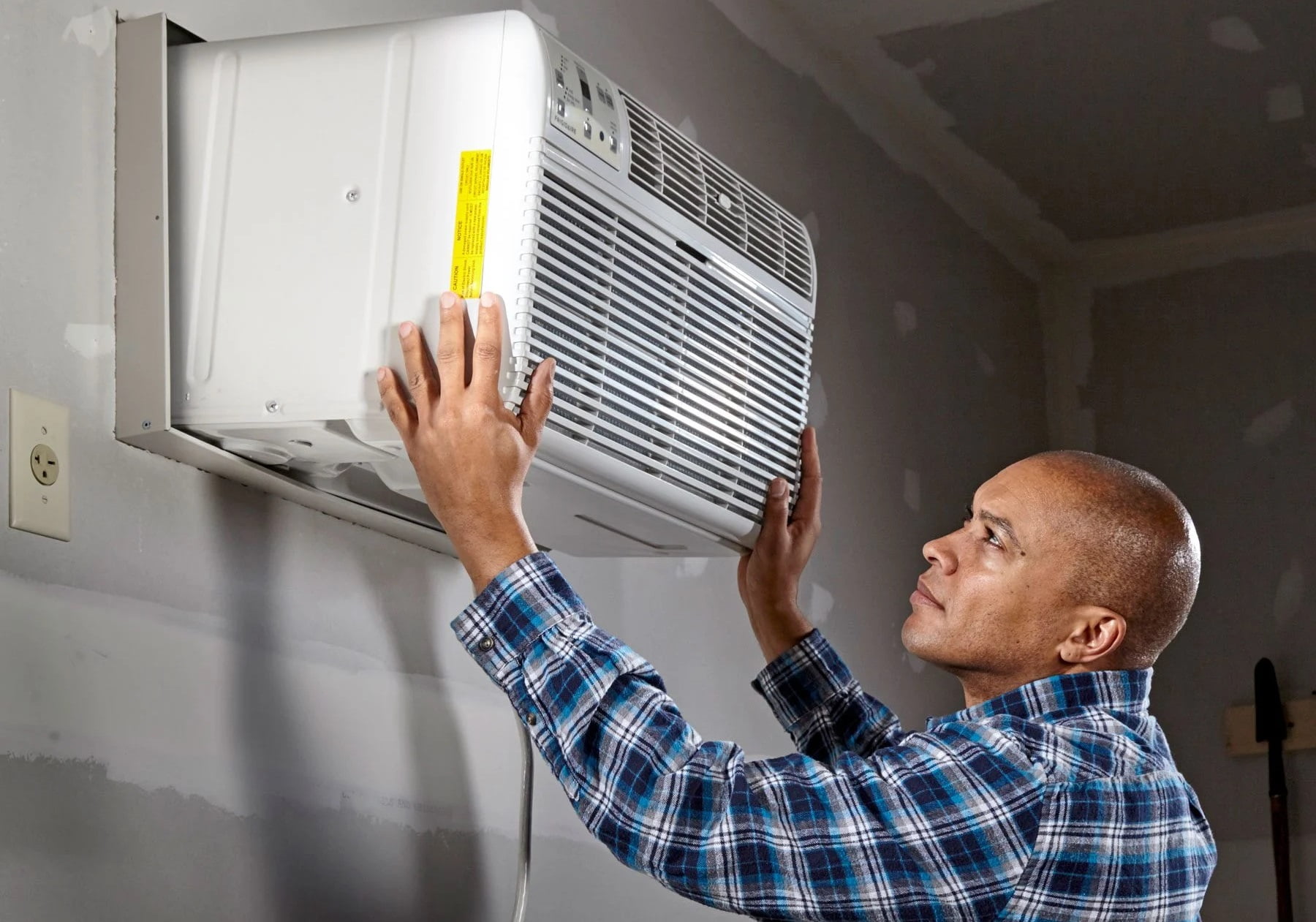
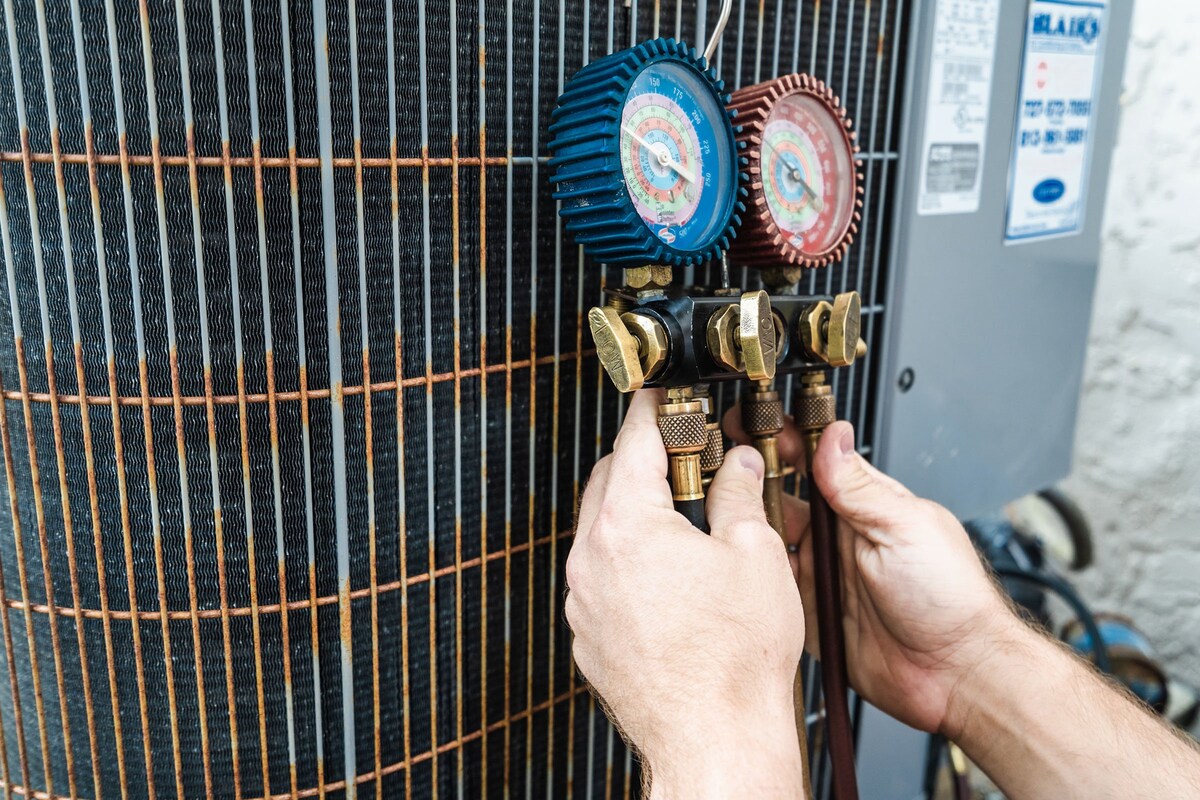
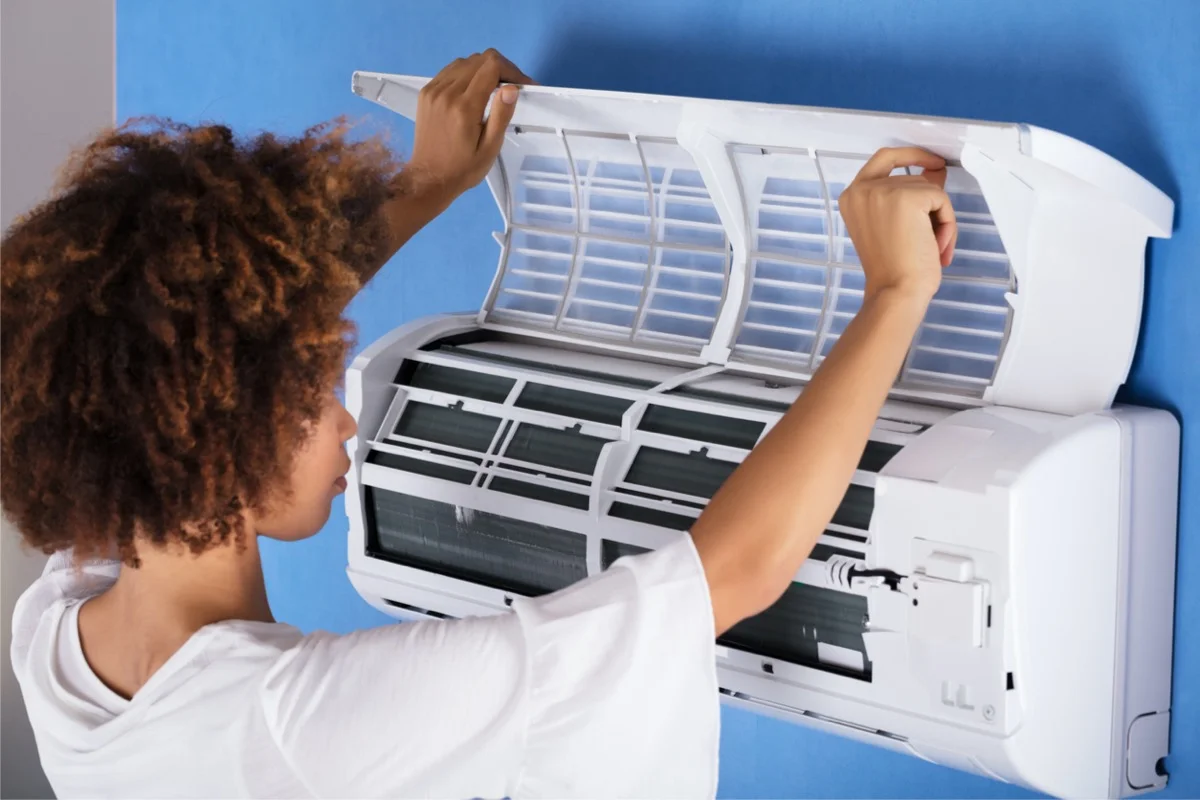
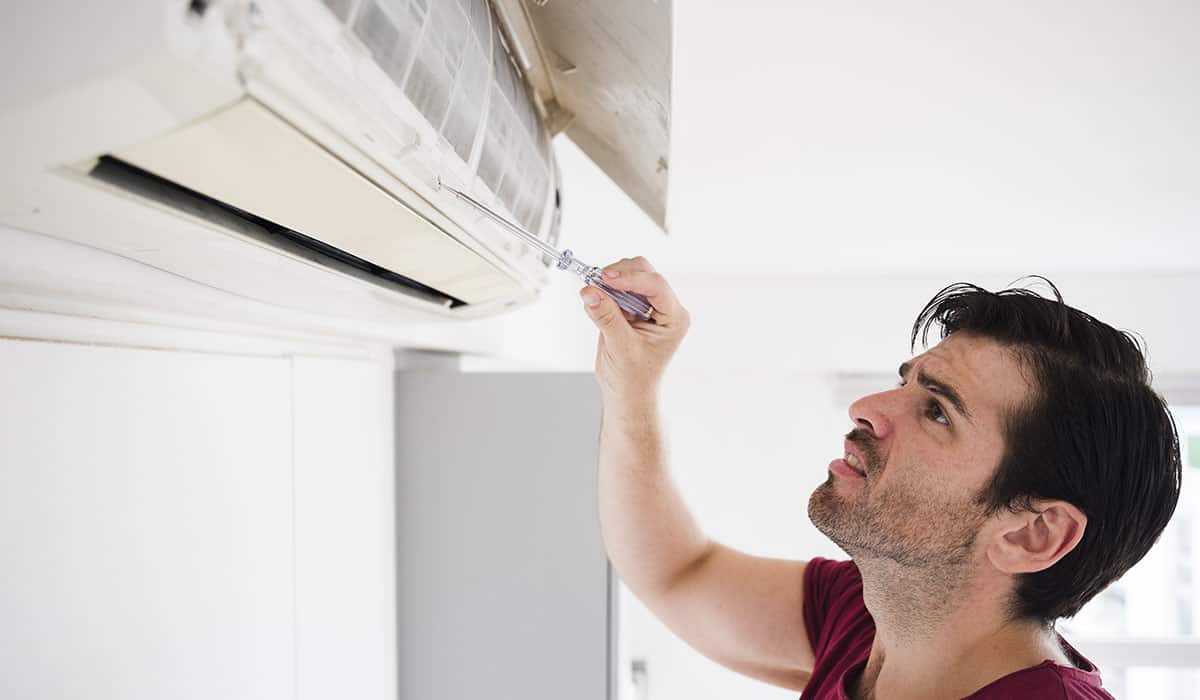
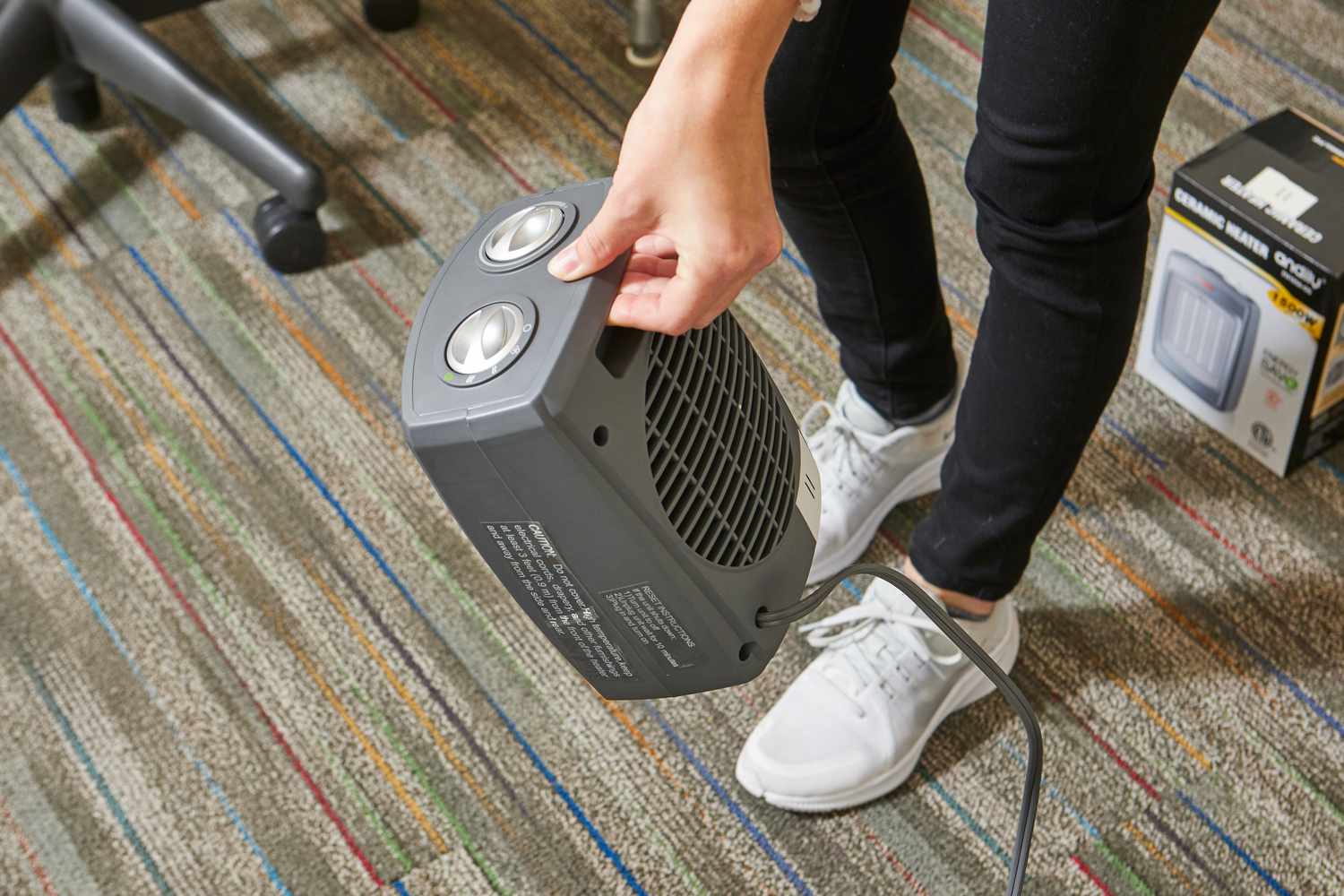

0 thoughts on “AC Running Constantly Does Not Shut Off When Set Temp ReAChed”